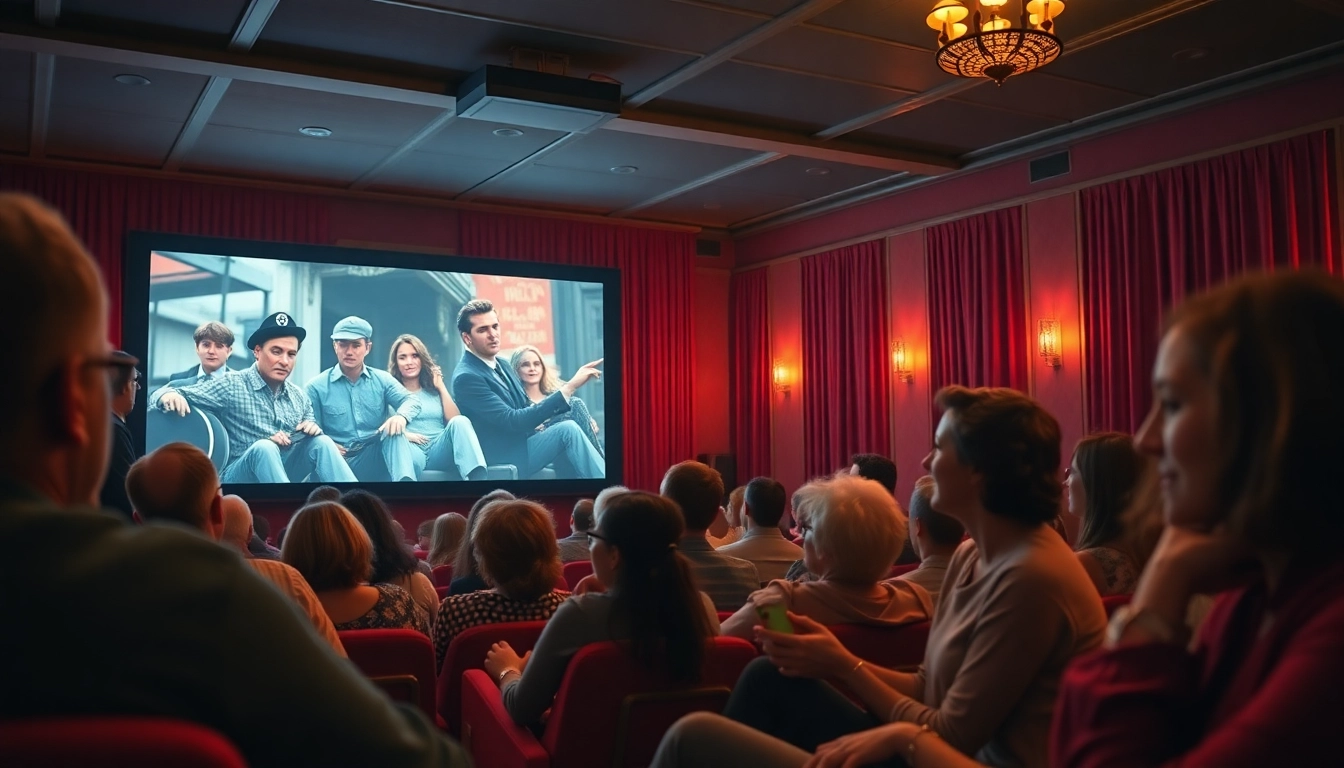Understanding Music Pitching
Music pitching is a critical part of an artist’s or songwriter’s journey in the music industry. It involves the strategical submission of musical works to various channels, including radio, playlists, and industry professionals, for the purpose of gaining exposure and opportunities. It’s vital for musicians, especially independent and emerging artists, to master this skill to ensure that their creations reach the intended audience and stakeholders. In today’s competitive landscape, effective music pitching can be the difference between obscurity and success.
What is Music Pitching?
Music pitching refers to the process of promoting your songs or albums to key players in the music industry. This can include pitching to playlist curators, music blogs, record labels, and radio stations. The essence of pitching lies in crafting a concise and compelling presentation of your work that captures the attention of those who can help amplify your reach.
The Importance of Music Pitching in the Industry
In a world saturated with music, especially on platforms like Spotify and Apple Music, pitching is crucial for differentiation. It not only facilitates connections with curators who can feature your songs but also positions you favorably in front of influential figures such as music executives and producers. Successful pitches can lead to placements on popular playlists, media coverage, and increased fan engagement.
Common Misconceptions about Music Pitching
There are several misconceptions surrounding music pitching that can hinder artists’ efforts. One such belief is that artists should only pitch their music once and expect instant results. In reality, effective pitching often requires persistence and multiple efforts. Another misconception is that music pitching is solely about sending out demos; it is equally about understanding whom to pitch to and tailoring the message accordingly.
Preparing Your Music for Pitching
How to Create a Professional Demo
Your demo is the first impression a curator or potential collaborator will have of your work, so it’s vital to make it professional. Start by selecting your best tracks that align with the interests of your target audience. Make sure your music is mixed and mastered to industry standards. Additionally, consider creating a compelling visual component, such as a music video or high-quality cover art, to accompany your demo.
Writing an Effective Pitch Email
The pitch email is your calling card. It should be succinct while still being informative. Start with a strong subject line that indicates the purpose of your email. In the body, introduce yourself, explain why you’re reaching out, and provide links to your music. Personalize each email by mentioning past work of the recipient that resonates with you, showing that you’ve done your research.
Researching Your Target Audience
Understanding your target audience is key to effectively pitching your music. Research the playlists and blogs that your music fits into. Tools like Spotify for Artists can help you analyze listener demographics. Additionally, engaging with fans on social media platforms can provide insights into what they enjoy, allowing you to tailor your pitches more effectively.
Executing Your Pitch
Best Practices for Music Pitching
When it comes to executing your pitch, there are several best practices to follow. Ensure that your electronic press kit (EPK) is updated and easily accessible. Keep track of your submissions using a spreadsheet, noting dates and responses, to manage follow-ups effectively. And remember, always adhere to submission guidelines provided by platforms or curators, as failing to do so can result in your music being ignored.
Timing Your Submissions
Timing is everything in music pitching. For instance, when pitching to Spotify playlist editors, it is advisable to submit your music at least 7 days before its release to ensure it appears on followers’ Release Radar playlists. Similarly, consider the time of year and industry trends to identify optimal pitch windows, for instance, during festival seasons or music holidays.
Utilizing Social Media for Impact
Social media serves as a powerful platform for promoting your music and enhancing your pitch. Engage with fans, promote your releases, and share behind-the-scenes content to build anticipation. Furthermore, interacting with playlist curators and music bloggers can foster relationships that enhance your chances of getting your music featured.
Follow-Up Strategies After Pitching
How to Handle Feedback from Curators
Receiving feedback—whether positive or negative—is a crucial part of the music pitching process. If a curator responds with critique, take it gracefully. Use constructive feedback to refine your music or your approach in future pitches. If the feedback is positive, thank the curator and inquire about potential next steps; maintaining mentorship relationships can be beneficial long-term.
Maintaining Relationships in the Music Industry
Building and maintaining relationships is vital for long-term success in the music industry. Follow up with curators and industry professionals who have shown interest in your work or offered advice. This could be as simple as sending a thank-you note or updating them on new releases. Being personable and appreciating their time can make a significant difference in fostering future collaborations.
When to Re-Pitch Your Music
Not every pitch will result in success, and it’s essential to know when to re-pitch your music. If you receive a “no” without specific feedback, consider waiting a few months before re-pitching, especially if you’ve released new material or improved upon previous works. Make it clear in your follow-up that you are returning with fresh content that aligns even more with their tastes.
Measuring Success in Music Pitching
Key Metrics to Track
Success in music pitching can be measured using several key metrics. Track the number of placements your music receives in playlists, the increase in fan engagement on social media, and streaming statistics. Also, consider monitoring feedback from curators, which can provide insight into what resonates with them in your work.
Adjusting Strategy Based on Results
Your pitching strategy should be fluid, adapting based on outcomes. If certain types of pitches yield better results than others, refine your approach to emphasize those elements. Use analytics tools to gauge listenership and engagement to understand audience preferences better, and adjust your music and marketing strategies accordingly.
Building Your Brand Through Successful Music Pitching
Effective music pitching can significantly enhance your brand as an artist. A well-executed strategy helps you reach wider audiences, build a loyal fan base, and collaborate with industry professionals. Each successful placement or feature not only reflects positively on your music but also establishes you within the industry, paving the way for future opportunities.



